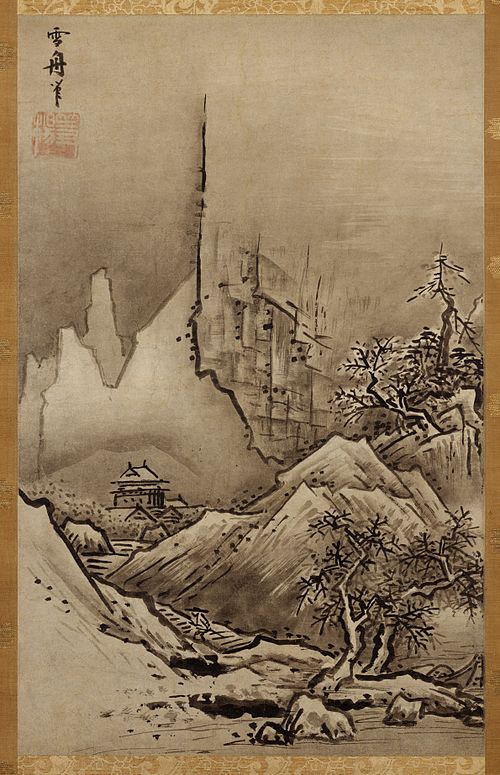Japanese painting

description
Japanese painting
In Japanese – 絵 画 (kaiga), also 画 道 (gado) – painting, drawing.
Japanese painting is an art movement consisting of many styles and genres that appeared in Japan in 300 BC. Due to historical confusion, it is important to know that Japanese painting and Japonism are separately existing art movements.
Periods: Yamato, Nara, Heian, Muromachi, Azuchi-Monoyama, Edo, Meiji, Taisho, Shoeva.
Japanese painting derived from Chinese art, being influenced by Indian painting. At the end of the 16th century, it became known in the West. In the 19th century, it borrowed elements from Romanticism, Pre-Raphaelitism and Neoclassicism. The movement influenced Impressionism and Post-Impressionism, forming a subsidiary but independent movement, “Japonism”, in which such outstanding masters as Camille Pissarro, Vincent Van Gogh, Claude Monet, Paul Cezanne and Auguste Renoir worked. The current indisputable influence is traced in the anime.
Techniques and media: ink, ink, wood, paper, silk, gold foil and silver foil.
Genres: religious, literary, battle, everyday, historical, portrait, landscape, allegory, illustration and animalistic. The elements of fine art of Japanese painting include fragments of utensils and household items, calligraphy of hieroglyphs, mandala, sculpture, woodcut, painting on vertical and horizontal scrolls of paper or silk, theater engravings, biographical prints, murals and book illustrations.
Key ideas:
– The main genre is landscape. It has a special religious character, even if it is a lone pine tree on an empty background. The landscape is an icon. It is often accompanied by calligraphy.
– It should be noted that Japanese painting, like Chinese, is not afraid of space, which is a vivid characteristic of this movement.
– Drawings represent battle scenes of myths and stories, landscapes of four seasons with images of specific plant species, religious scenes from the Buddhist tradition, portraits of emperors and other statesmen, everyday situations with satirical implications, images of geishas, actors of the kabuki theater, samurai, sumo wrestlers, fishermen and peasants.
– The palette can be monochrome or colour.
